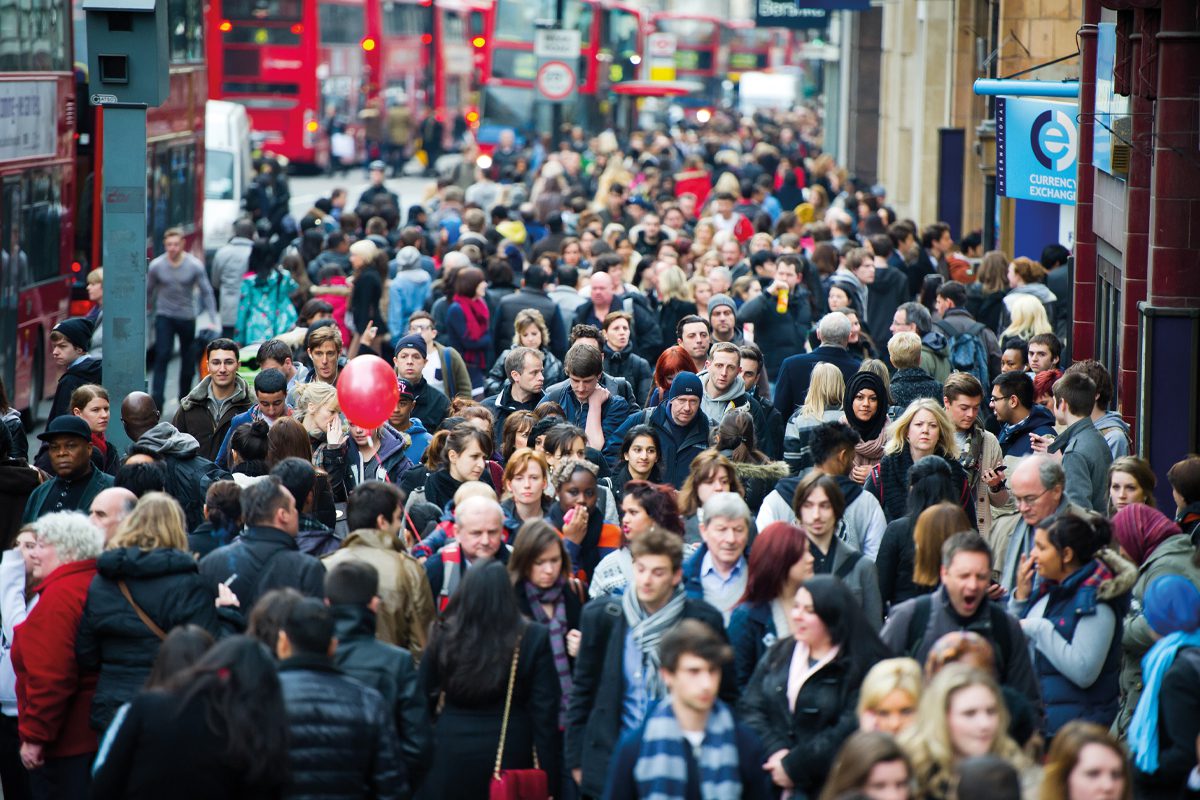
Putative “wonder material” graphene is starting to show up in novel approaches to the design of air quality sensors, the latest being a demonstration concept announced by the National Physical Laboratory (NPL) in December.
Described as “a low-cost, low-energy consuming NO2 sensor that measures NO2 levels in real-time”, the sensor’s apparent simplicity holds out promise for its near-term deployment in small, commercially available sensors.
The mechanism at its heart exploits graphene’s large surface-to-volume ratio, which means that most of its free electrons reside on the surface of the material. This means that when it interacts with a molecule like NO2, there is a significant transfer of charge, and this makes it possible to measure very low concentrations.
This chemiresistor approach only requires simple electronics to read the signal, according to NPL’s Christos Melios, while allowing measurements of exceedingly low levels of NO2 (e.g. below 10 ppb).
Scientists at NPL worked with partners from the Graphene Flagship, Chalmers University of Technology, the Advanced Institute of Technology, Royal Holloway University and Linköping University, to produce the demonstration concept.
Graphene was grown on silicon carbide and appropriately etched to produce the features of the device, and then fused to a detector chip using tiny metal wires. NPL has developed and demonstrated the novel type of NO2 sensors based on different types of graphene.
City-scale speculation
There is a well-demonstrated global need for high sensitivity, low-cost, low-energy consumption miniaturised NO2 gas sensors to be deployed in a dense network and to be used to pinpoint and avoid high pollution hot spots. Such sensors operating in real-time could help to visualise pollution in urban areas with unprecedently high local resolution.
NPL’s Olga Kazakova, states: “Understanding the problem is the first step to solving the problem. If you only monitor certain junctions or roads for NO2 pollution, you do not get an accurate picture of the environment. In order to do this, a dense network must be set up to show the dynamically changing level of pollution through different times of day and year, so you can get to know the real level of critical exposure.”
With the data provided by a dense network of graphene sensors, people could use an app to check how much NO2 they might be exposed to on their planned route, and city councils could use this information to dynamically restrict and divert cars near schools and hospitals.
This would enable governing bodies to adopt smart and flexible restrictive measures in specific areas recognised as being highly pollutive.
The simplicity of the NPL demonstration concept holds out promise for its commercialisation in the near future. An article on Graphene Flagship’s website from October suggests such cheap, adaptable sensors could be set-up across a city – mounted on lampposts and street signs, for example – to “provide a robust network of sensors and create a ‘heat map’ of air quality, collecting real-time pollution data all day and night.”
The article also speculates that pedestrians and cyclists could carry the sensors for personal environmental data monitoring. Olga Kazakova, from the National Physical Laboratory, comments: “Understanding the problem is the first step to solving the problem. If you only monitor some junctions or roads for NO2 pollution, you do not get an accurate picture of the environment. In order to do this, a network must be set up to show the dynamically changing level of pollution through different times of day and year, so you can get to know the real level of critical exposure.”






